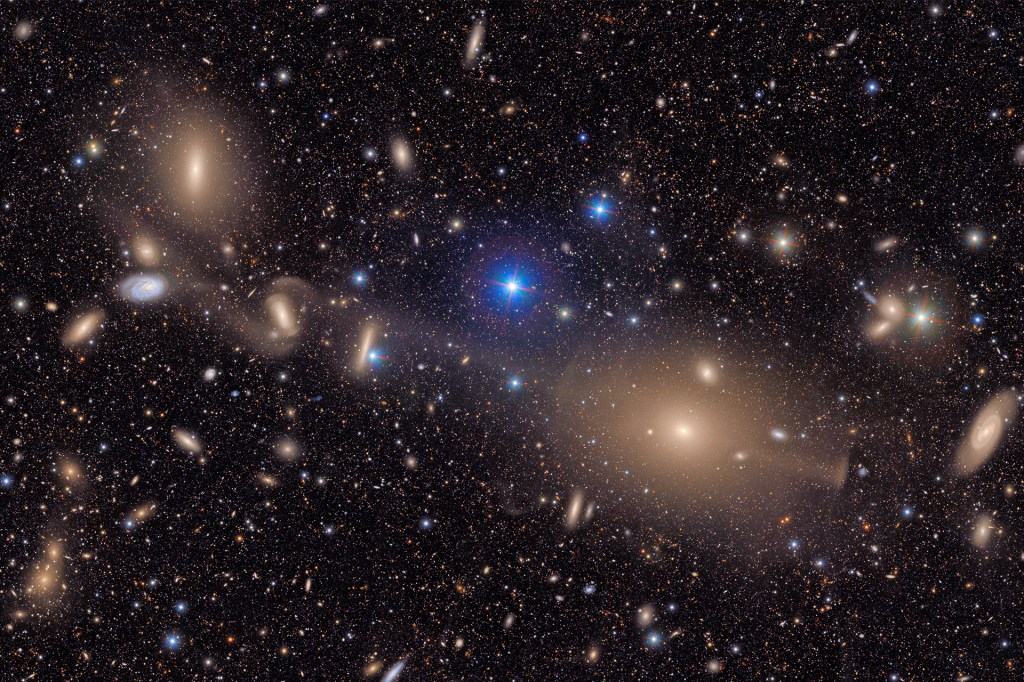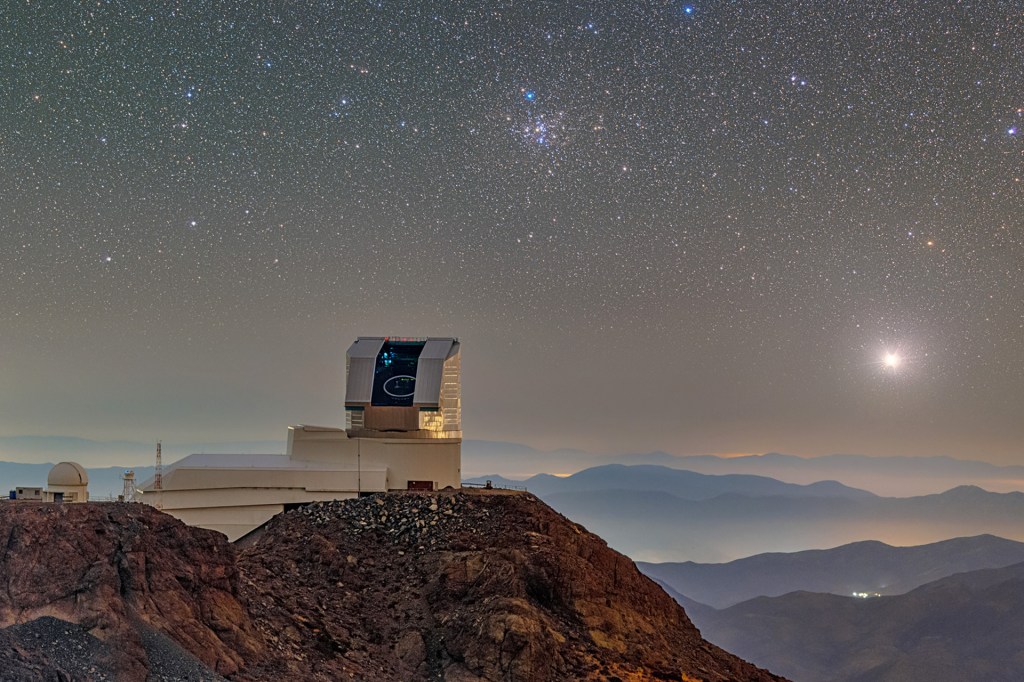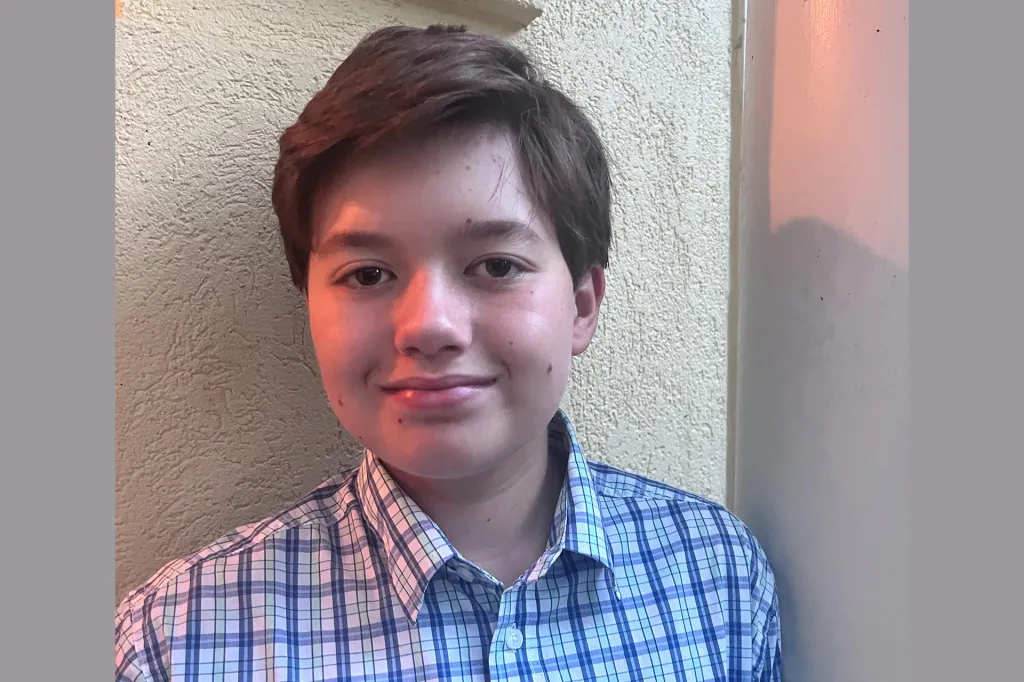Watching the Skies

Space is full of mysteries, from black holes to dark matter dark matter an invisible form of matter that astronomers believe makes up a large part of the universe (noun) . Now, thanks to the world’s largest digital camera, astronomers have a new view of the universe.
The Legacy Survey of Space and Time (LSST) camera is part of the Vera C. Rubin Observatory, atop a mountain in Chile. Engineers put the camera in a 27-foot telescope and pointed it at the sky.
On June 23, the Rubin team held a press conference and released the camera’s first images. These images, all captured in just a few days, showed stars, galaxies, and thousands of previously unseen asteroids.
Colossal Camera
The LSST camera took 10 years to build. Željko Ivezi directed its construction. During the June 23 press conference, he called the camera “the greatest astronomical discovery machine ever built.”

It’s certainly powerful. The new images reveal two nebulas nebula a cloud of gas and dust in space (noun) located thousands of light-years from Earth. (A light-year is the distance light travels in a year, nearly 6 trillion miles.)
Margaux Lopez is one of the camera’s mechanical engineers. She told TIME for Kids the camera is one of a kind. First of all, it’s huge—about the size of a car. It’s also fast. It can take 1,000 images of the sky every 24 hours. That’s important, because space is vast.
“We can only see a little bit of what’s out there, and everything’s really spread out,” Lopez says. “In the first year, we are going to take more data than every telescope in the history of humanity combined has ever taken.”













